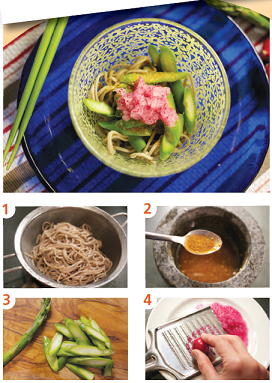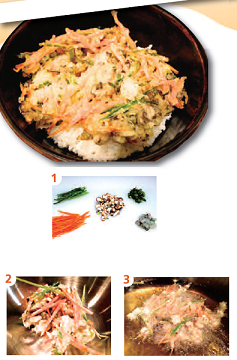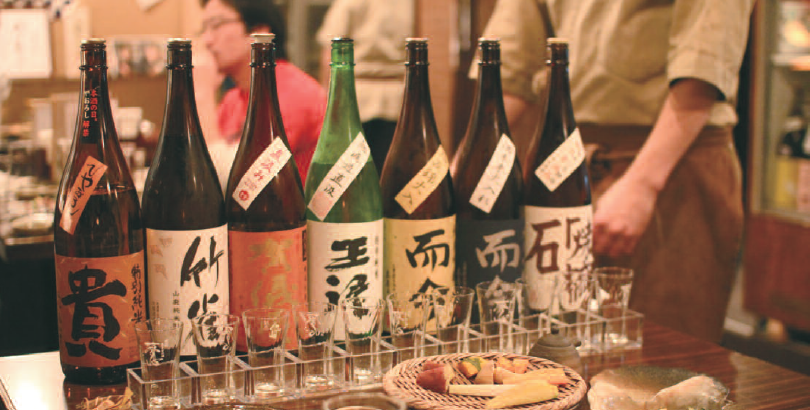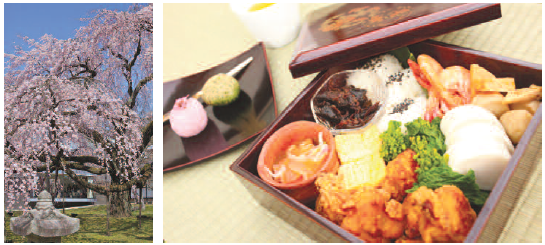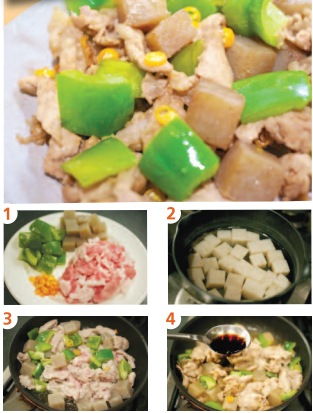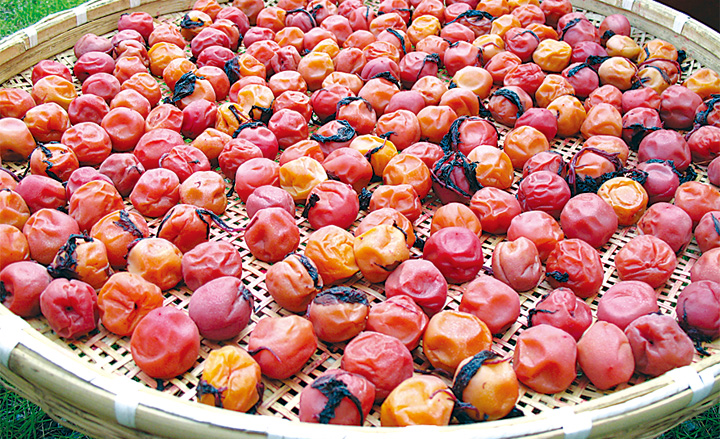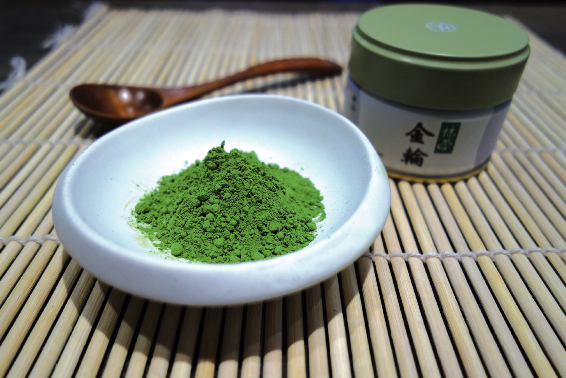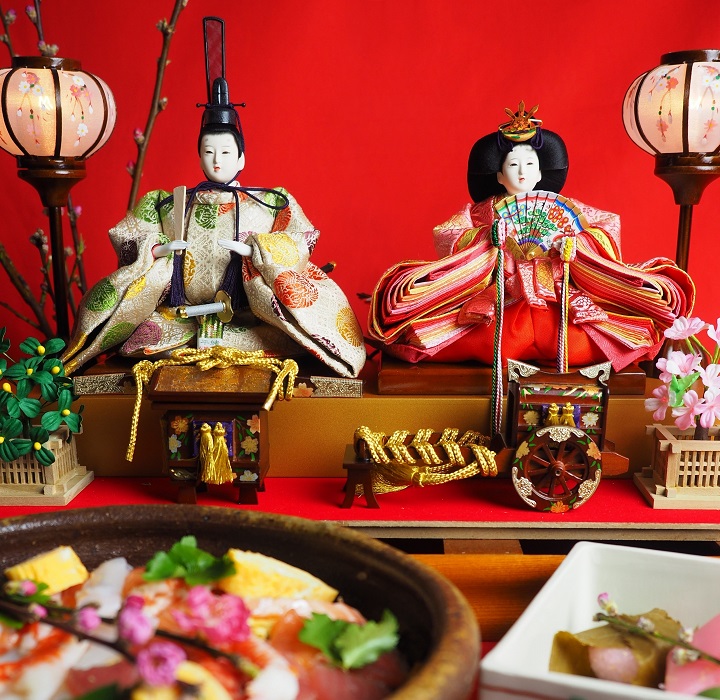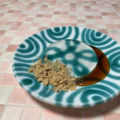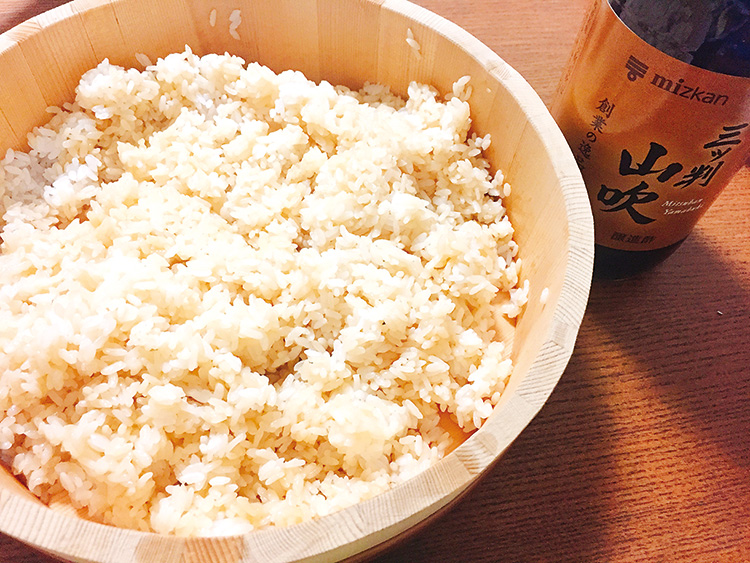

The Mizkan Group has recently begun marketing a red vinegar made using traditional methods.
In common use in the past, this ingredient finally disappeared after the war. now, it’s making a strong comeback.
Sushi has become a Japanese culinary icon abroad and needs no introduction. It has undergone numerous changes and variations in many different countries, but though its shape and ingredients may vary, the preparation of the rice undoubtedly remains the same everywhere. Yet, it’s not widely known that the method of preparing the rice, the most important stage, changed drastically seventy years ago. Historically, the sushi we know today is based on the Edomae style (Edo or Tokyo style). In those days, the rice was seasoned with akasu (red vinegar) made using sake dregs. This vinegar has a characteristic depth of flavour, the result of its long fermentation period (three to six years). But the production of this vinegar fell drastically with the Second World War, like many other traditional products. After the war, cooks who had learned how to make sushi in the Edo style in the capital settled in many other regions in the Archipelago. However, at that time, it was difficult to obtain good quality white rice, and the available rice coloured with vinegar was not highly rated. People thought it was due to the rice being old or imported from abroad. That’s the reason white vinegar, made from rice, began to be used. Today, when you read a sushi cookery book, the recipes state that sugar and salt should be diluted in the vinegar, which is then brought to the boil and poured on to the cooked rice. The addition of sugar has become necessary to give the rice the characteristic depth of flavour. Red vinegar, forgotten for a long time, is starting to make a comeback. The Mizkan brand, which has been in existence for over two hundred years, and, according to its records, was the first to produce vinegar using sake dregs, has recently relaunched this historic vinegar following the recipe of the period. “Red vinegar has a more pronounced umami, and goes well with other strong flavours like tuna, for example. But it’s not ideal for everything. People tend to look more and more for umami, which risks creating sushi that will soon “tire” the taste buds,” believes Mr Takatori from the Japanese Association for the Study of Taste and Smell.
Of course, this vinegar is not associated with sushi from western Japan, which is often made with cooked and pressed fish, as it has never traditionally been used for this kind of sushi. However, there’s always the potential for another way of enjoying sushi to be discovered Sushi has become a Japanese culinary icon abroad and needs no introduction. It has undergone numerous changes and variations in many different countries, but though its shape and ingredients may vary, the preparation of the rice undoubtedly remains the same everywhere. Yet, it’s not widely known that the method of preparing the rice, the most important stage, changed drastically seventy years ago. Historically, the sushi we know today is based on the Edomae style (Edo or Tokyo style). In those days, the rice was seasoned with akasu (red vinegar) made using sake dregs. This vinegar has a characteristic depth of flavour, the result of its long fermentation period (three to six years). But the production of this vinegar fell drastically with the Second World War, like many other traditional products. After the war, cooks who had learned how to make sushi in the Edo style in the capital settled in many other regions in the Archipelago. However, at that time, it was difficult to obtain good quality white rice, and the available rice coloured with vinegar was not highly rated. People thought it was due to the rice being old or imported from abroad. That’s the reason white vinegar, made from rice, began to be used. Today, when you read a sushi cookery book, the recipes state that sugar and salt should be diluted in the vinegar, which is then brought to the boil and poured on to the cooked rice. The addition of sugar has become necessary to give the rice the characteristic depth of flavour. Red vinegar, forgotten for a long time, is starting to make a comeback. The Mizkan brand, which has been in existence for over two hundred years, and, according to its records, was the first to In common use in the past, this ingredient finally disappeared after the war. now, it’s making a strong comeback. which is different from that of two hundred years ago.
Nowadays, in the world of sushi, you could almost say that red vinegar has become fashionable. You can find rice prepared with this vinegar in good sushi restaurants in both Tokyo and Paris, including L’Abysse, the new sushi bar at the Pavillion Ledoyen, where the rice is prepared with red vinegar at the request of chef Yannick Alleno himself, who discovered it while staying in Japan. He combines it with vanilla and with lobster, and prawns served with his tomato extract… It’s just a return to how things should be. Red vinegar is at the start of a new lease of life.
SEKIGUCHI RYOKO

